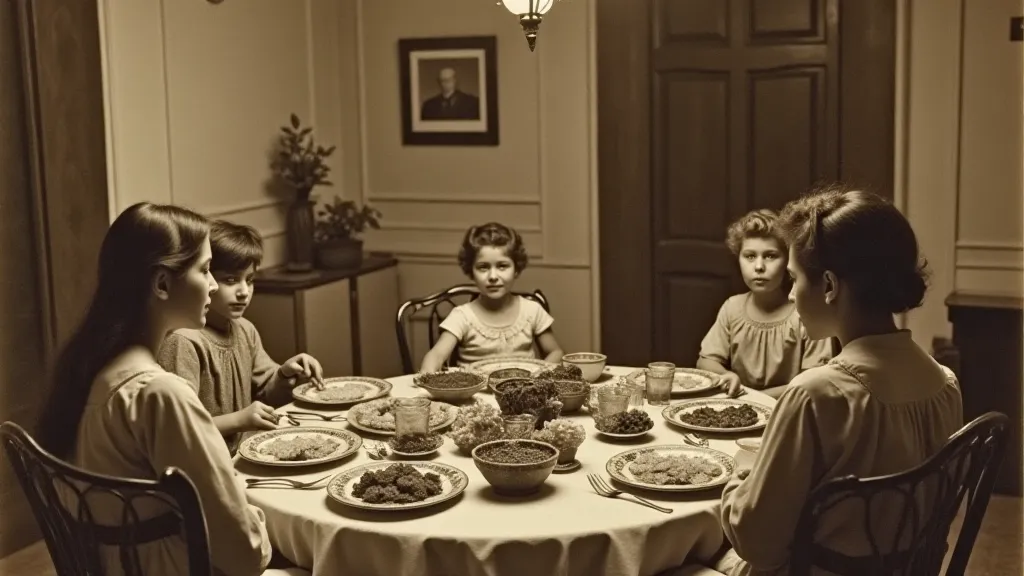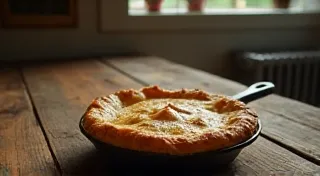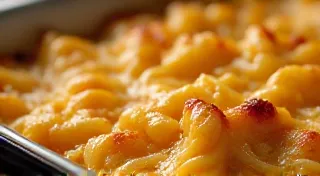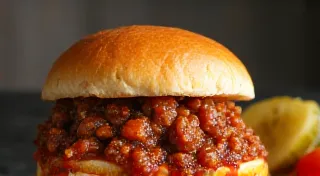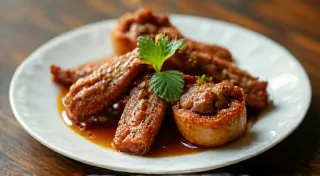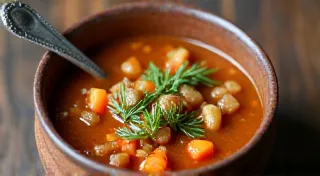Scrapple: Utilizing Pork Scraps in a Delicious Recipe
During the Great Depression, resourcefulness wasn't just a virtue; it was a necessity. Families faced hardship, and every part of the animal, every scrap of food, needed to be utilized to avoid waste. This led to the creation of some surprisingly delicious (and incredibly frugal) dishes. One such creation is Scrapple, a savory pudding born from the ingenuity of Depression-era cooks.
The History of Scrapple: A Story of Frugality
The precise origins of Scrapple are a little murky, with claims arising from both Pennsylvania Dutch immigrants and German settlers in the United States. However, one thing is certain: it emerged as a way to use the less desirable, but still edible, parts of a pig – the bits left over after the prime cuts were used. These scraps, often including head meat, trimmings, and fat, would otherwise have been discarded. Rather than letting them go to waste, families learned to transform these leftovers into a hearty and satisfying meal. It was a testament to the era's spirit of “waste not, want not.”
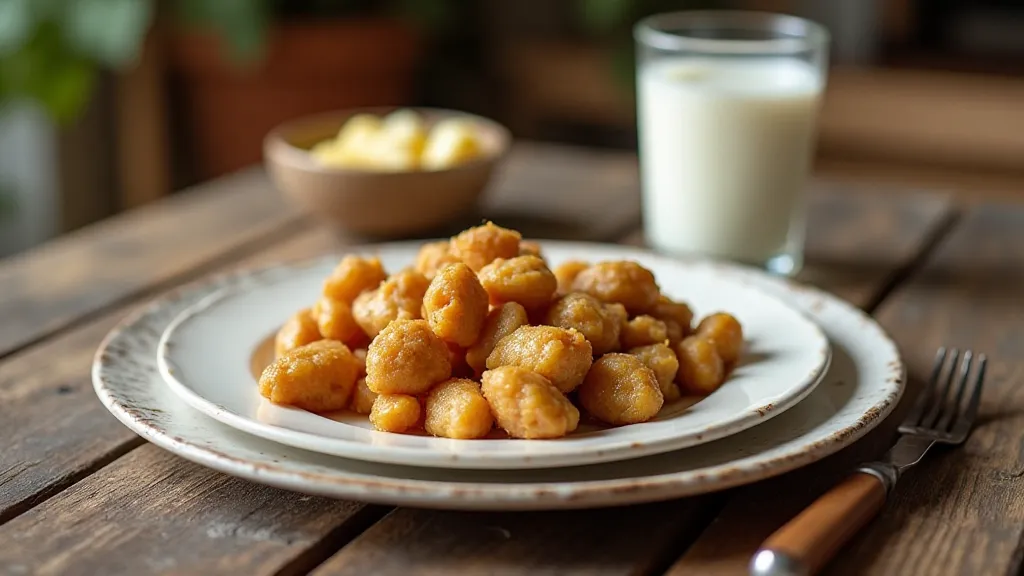
The Recipe: A Depression-Era Classic
While variations exist, this recipe provides a good representation of the kind of Scrapple families made during the Great Depression. Remember, measurements were often approximate and based on what was available. This reflects the improvisational nature of Depression-era cooking.
Ingredients:
- 2 pounds pork scraps (can include head meat, trimmings, and fat – ask your butcher)
- 1 cup boiling water
- 1 cup yellow cornmeal
- 1/2 cup rye flour
- 1/4 cup brown sugar (or molasses – molasses would have been more common during the Depression)
- 2 teaspoons salt
- 1 teaspoon black pepper
- 1/2 teaspoon ground sage (optional, but adds authentic flavor)
Instructions:
- Prepare the Pork: In a large pot or Dutch oven, place the pork scraps and cover with water. Bring to a boil, then reduce heat and simmer for about 1.5 - 2 hours, or until the meat is very tender. Skim off any foam that rises to the surface.
- Combine Dry Ingredients: While the pork is simmering, whisk together the cornmeal, rye flour, brown sugar (or molasses), salt, pepper, and sage (if using) in a large bowl.
- Mix and Form the Pudding: Drain the cooked pork, reserving about 1 cup of the cooking liquid. Remove the pork and grind it using a meat grinder or pulse it in a food processor until fairly smooth (some texture is okay). Return the ground pork to the pot. Add the dry ingredients to the pork and mix well. Add enough of the reserved cooking liquid to form a thick, pudding-like consistency.
- Cool and Set: Line a square or rectangular pan (around 8x8 or 9x9 inches) with parchment paper. Pour the Scrapple mixture into the prepared pan and spread evenly. Cover with plastic wrap and refrigerate overnight, or until firm.
- Slicing and Cooking: To serve, lift the Scrapple from the pan using the parchment paper. Cut into desired thickness (usually about 1/4 to 1/2 inch). Pan-fry the slices in a lightly oiled skillet over medium heat for 2-3 minutes per side, or until golden brown and crispy.
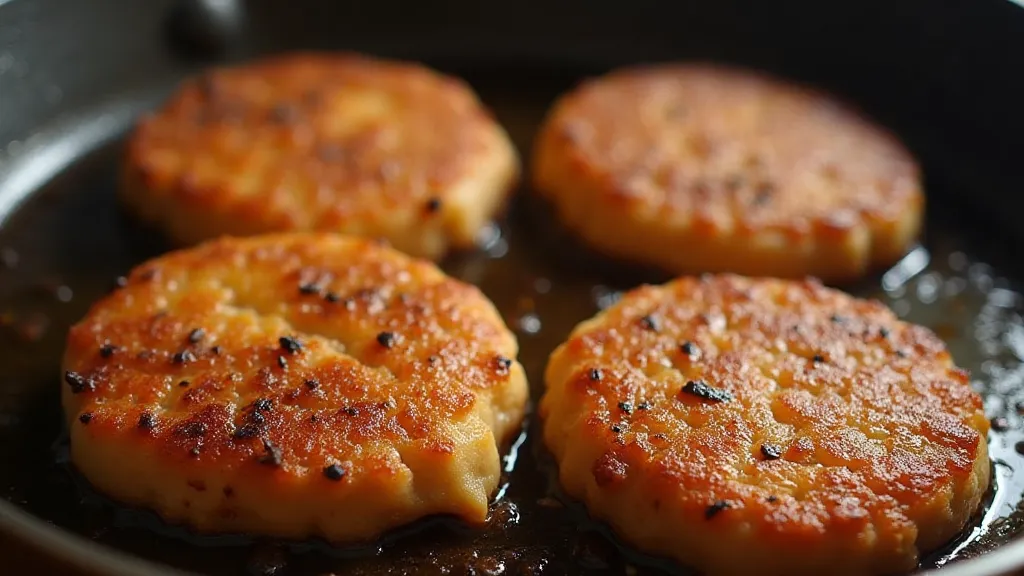
Serving Suggestions & Variations
During the Great Depression, Scrapple was often eaten for breakfast, providing a filling and inexpensive start to the day. It could also be enjoyed as a snack or even a light supper. It was often paired with simple accompaniments like applesauce or maple syrup, if available. Today, it’s frequently served with applesauce, but a squeeze of lemon juice is another popular option.
While this recipe aims to be as authentic as possible, feel free to experiment. Some families might have added a touch of onion or celery to their Scrapple. The key ingredient is resourcefulness – adapt the recipe to what you have on hand!
A Taste of History
Scrapple isn't for everyone – it has a distinct, savory flavor and a somewhat unusual texture. But it's more than just a recipe; it’s a tangible connection to the ingenuity and resilience of those who lived through the Great Depression. It's a reminder that even in times of hardship, creativity and resourcefulness can produce something surprisingly delicious.
